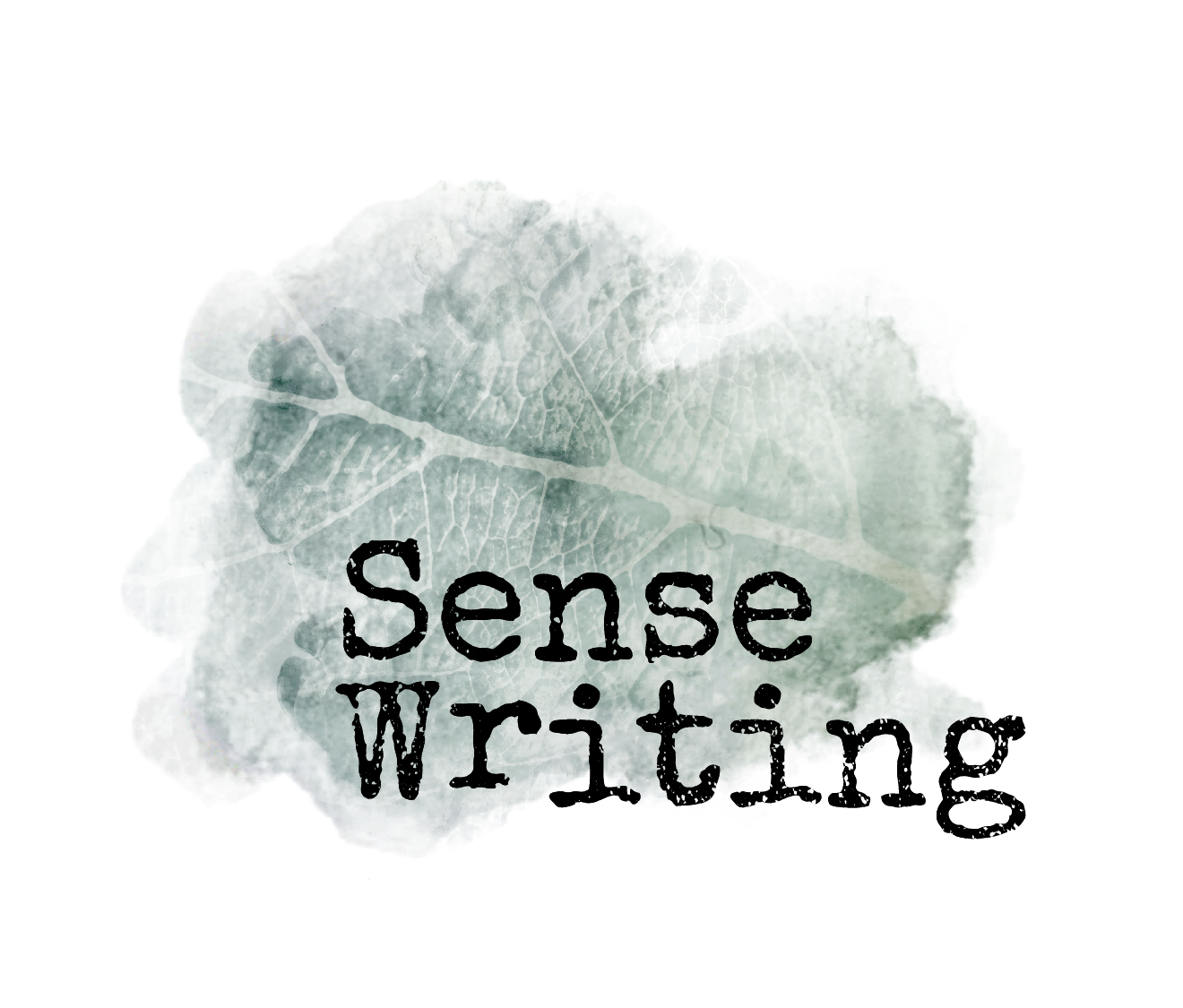Even if you’ve never paused to think about your comfort zone, you can probably remember being told to abandon it. Maybe in the last piece of writing advice you read. Maybe even in the last week!
Somehow, “comfort zone” has become a code for whatever is holding you back.
But if you can remember that feeling of being stuck in the familiar — the so-called comfort you’re always being told you have to leave — you probably already know the truth:
It just doesn’t feel that comfortable in the first place.
Instead of true comfort, we get stuck with (and in) complacency, rigidity, avoidance… not exactly the heart of a sustainable creative practice.
The paradox of a true comfort zone
Having a comfort zone means, well, that it’s actually comfortable.
And that you actually know what it feels like and how to find it.
A comfort zone is individual and specific, not an Instagram hashtag or an instant fix. Developing a comfort zone — let alone delineating it from what’s on the other side — requires intimacy with the self.
And the instruction to leave your comfort zone is something of a paradox.
To leave where you are, you first have to acknowledge where you are. You have to linger there. Only then can you step out a bit. And to step out safely and sustainably, you have to trust that the comfort zone remains where you can find it.
It’s like the early childhood development concept of forming secure attachments so you can venture further and further out into the playground.
First in the sandbox. Then to the ladder and monkey bars. Then to the edge of the woods or right to the bank of the river. Between ventures, there’s the return to safety (i.e. your mother’s flared, polyester pants) before venturing just a little further than before. The comfort zone grows wider as your skills are able to take on more of what’s outside of it.
But how do we get there when we don’t know what a safe home base looks like now?
Listening to the nervous system
In Sense Writing, I situate this “home” — this comfort zone — in the body and nervous system.
Through an ebb and flow of writing and movement sequences, we bring the nervous system to a place of relaxed engagement, where it can observe and differentiate sensations and thoughts and then re-integrate them.
Though it’s easy to jump to the outcome — how capable we might end up feeling or how much easier it might feel to write toward our ambitions — the most important part is first giving the nervous system enough ease to function in this way.
When it’s stressed, there is no comfort, and little creativity.
Instead of aiming for that disruption, we learn to relax with our internal sensations and sensory input a little at a time, and our awareness expands. The “comfort zone” of secure curiosity becomes more comfortable. And that comfort and security allow Sense Writers to explore more in any direction.
Rather than running away from the status quo or denying ourselves the nurturing necessity of comfort, creativity becomes about learning how to start and sustain a journey.
You can go home again
Knowing your comfort zone allows you a place to come back to again and again. You can slowly make your way out into further and further realms — fueled by curiosity and sustained writing practice, rather than idea-driven frenzy — and always know you can come home.
You can journey outward without getting completely lost.
Like any approach that works in tandem with the nervous system and the body, this is what we’re developing in Sense Writing. There has to be a place of comfort, of return, of reflection, for the work to accumulate in deep learning rather than straight-ahead achievement.
The American writer Thomas Wolfe wrote, “You can’t go home again.”
In this practice, you can go home again. Always.




